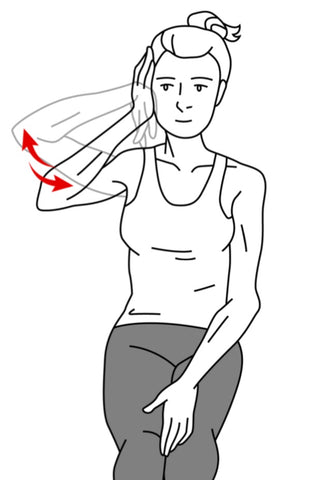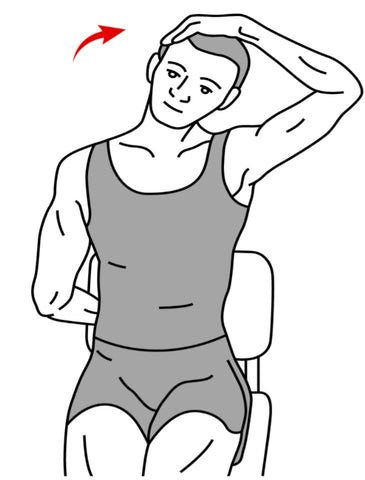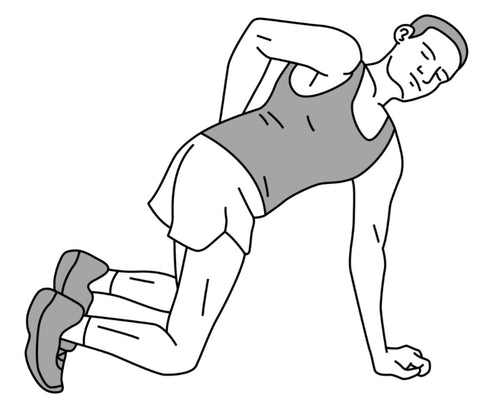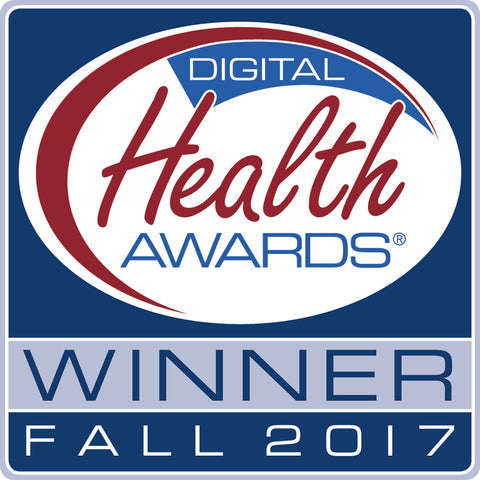Thoracic Outlet Syndrome - Self Help
Stretching the Rhomboids - Dr. Jonathan Kuttner
Functional TOS tends to respond very well to trigger point therapy and various self-help techniques
Thoracic Outlet Syndrome (TOS) is one of a group of conditions that cause pain into the arm hand and fingers.
Not everyone is too aware of TOS and it's often something that takes a while to be correctly diagnosed.
Anyone who has suffered from TOS will know that the symptoms can be disturbing and debilitating.
Functional TOS and Trigger Points
There are generally two types of TOS – one is an unmistakable blockage pressure (organic) to the nerves or blood supply and the other is a functional or temporary pressure issue.
This functional group tends to respond very well to trigger point therapy and various self-help techniques.
This is because functional TOS results from a combination of poor rib mechanics and tight muscles that cause pressure on the neurovascular structures (sometimes called a myogenic plexopathy).
Some of this muscle tightness may be associated with trigger points, especially in the Scalenes and Pectoralis Minor, although we also look for trigger points in the upper trapezius and rhomboids.
The exercises below are commonly prescribed to clients who we are treating for functional TOS.
These exercises do not require any specialized equipment and should be easy for most people to perform at home.
If you haven't exercised for a while, or have any injury, make sure to consult with a suitably qualified healthcare professional before undertaking any of these exercises.

Rhomboid Strengthening
Technique
-
Begin by lying on your stomach with your arms by your side
-
Tighten your rhomboids by squeezing your shoulder blades together
-
Slowly lift your arms and chest off the ground, keeping your neck straight
-
Hold for 2 seconds at the top of the movement and then slowly return to the starting position
-
The exercise may be performed with palms facing up or down
-
Perform 3 sets of 10 repetitions, once a day provided the exercise is pain free

Ulnar Glides
Technique
-
Place your hand over your ear, with your elbow still facing forward
-
Gently pull your elbow backwards until you feel you have reached the end
-
You may feel a good stretch, ache or even a few pins and needles or tingles, which is expected
-
Bring the elbow forward again
-
Bring the arm down
-
Repeat 10 times each side, twice daily

Upper Trapezius Stretch
Technique
-
Turn your head 45 degrees to the right
-
Reach over the top of your head with your right hand and cradle the back of your head with your fingers
-
Gently pull your head toward your right shoulder, and hold for a count of 20-30
-
Repeat on the left side using your left hand
-
Repeat 3 times each side, twice daily

Back Mobilization
Technique
-
Lay down on all fours
-
Place one hand behind the back
-
While the opposite hand remains on the floor ...
-
Rotate the upper body (side that the arm is behind the back) with the elbow pointing to the sky as far as possible
-
Return to start position
-
Repeat 5-10 times each side, twice daily
Find a Trigger Point Professional in your area
Dry Needling for Trigger Points
Certify as a Trigger Point Therapist
This trigger point therapy blog is intended to be used for information purposes only and is not intended to be used for medical diagnosis or treatment or to substitute for a medical diagnosis and/or treatment rendered or prescribed by a physician or competent healthcare professional. This information is designed as educational material, but should not be taken as a recommendation for treatment of any particular person or patient. Always consult your physician if you think you need treatment or if you feel unwell.

About Niel Asher Education
Niel Asher Education (NAT Global Campus) is a globally recognised provider of high-quality professional learning for hands-on health and movement practitioners. Through an extensive catalogue of expert-led online courses, NAT delivers continuing education for massage therapists, supporting both newly qualified and highly experienced professionals with practical, clinically relevant training designed for real-world practice.
Beyond massage therapy, Niel Asher Education offers comprehensive continuing education for physical therapists, continuing education for athletic trainers, continuing education for chiropractors, and continuing education for rehabilitation professionals working across a wide range of clinical, sports, and wellness environments. Courses span manual therapy, movement, rehabilitation, pain management, integrative therapies, and practitioner self-care, with content presented by respected educators and clinicians from around the world.
Known for its high production values and practitioner-focused approach, Niel Asher Education emphasises clarity, practical application, and professional integrity. Its online learning model allows practitioners to study at their own pace while earning recognised certificates and maintaining ongoing professional development requirements, making continuing education accessible regardless of location or schedule.
Through partnerships with leading educational platforms and organisations worldwide, Niel Asher Education continues to expand access to trusted, high-quality continuing education for massage therapists, continuing education for physical therapists, continuing education for athletic trainers, continuing education for chiropractors, and continuing education for rehabilitation professionals, supporting lifelong learning and professional excellence across the global therapy community.

Continuing Professional Education
Looking for Massage Therapy CEUs, PT and ATC continuing education, chiropractic CE, or advanced manual therapy training? Explore our evidence-based online courses designed for hands-on professionals.




















